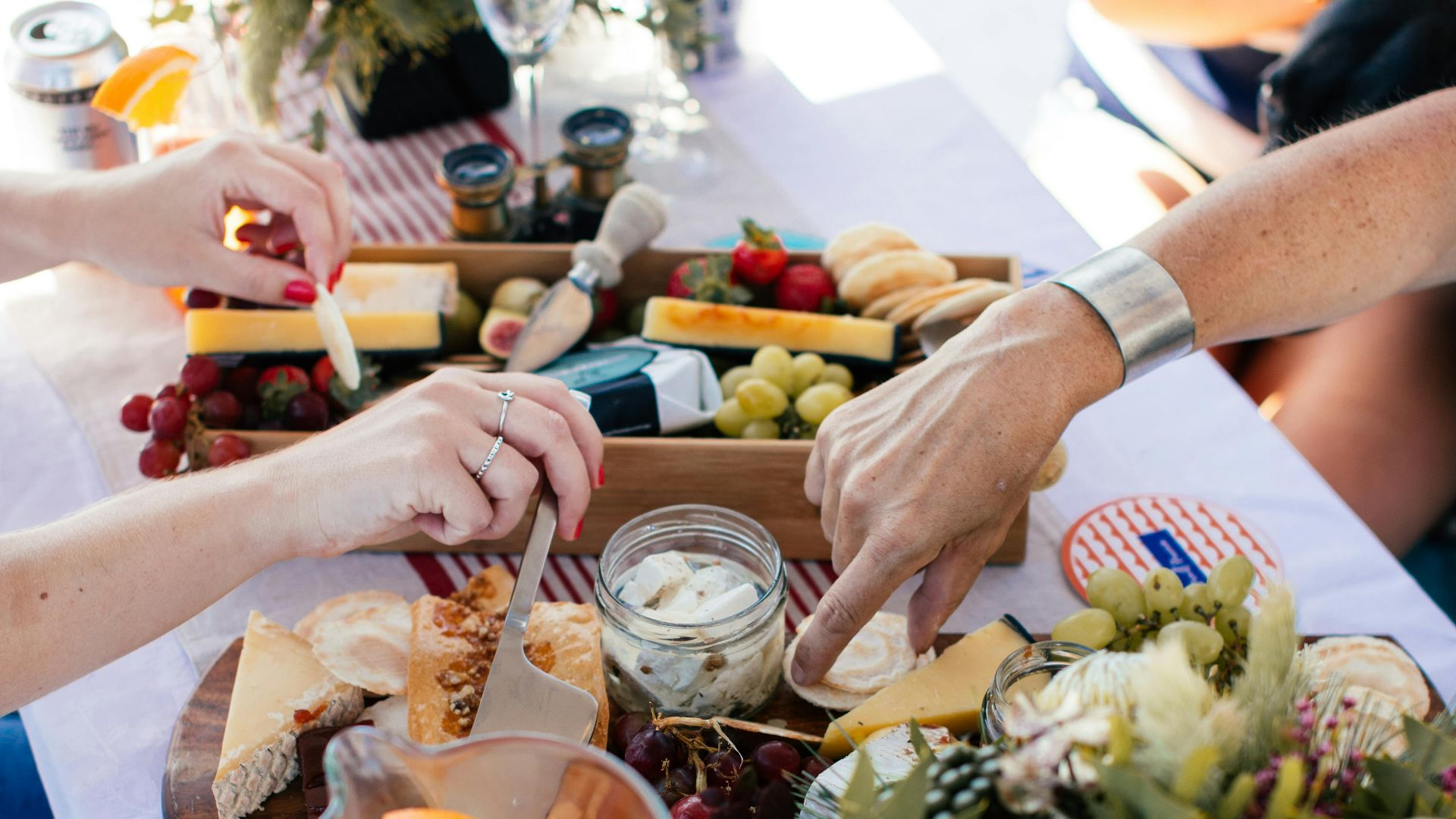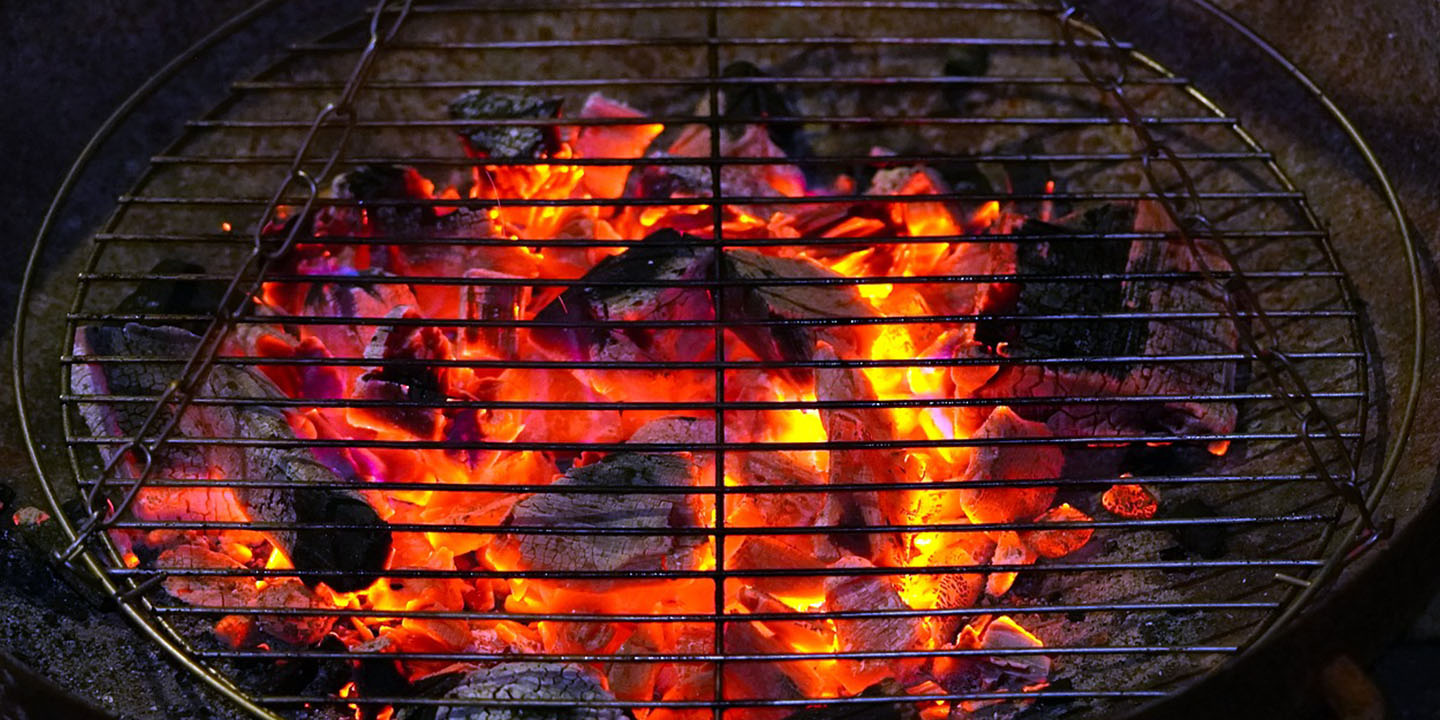Bait & Switch
Do you ever wonder some foods got their names from? Moreover, do you ever wonder why some of these names don't match? Whether it's confused geography, tongue-in-cheek puns, or the steady march of history, here are 20 foods that don't match their names.
1. Hamburger
What better place to start than with one of America's favorite foods. How did hamburgers end up with that name if they're made of beef? Simple, the hamburg steak that would develop into today's burgers came from none other than Hamburg, Germany.
 David Foodphototasty on Unsplash
David Foodphototasty on Unsplash
2. French Fries
What goes better with a juicy hamburger than a perfectly-salted pile of fries? France may get all the credit for one of our favorite forms of potato, but they were likely created in Belgium. What's more, we might have none other than Thomas Jefferson to thank for the name as he served potatoes "in the French manner" in 1802.
3. Peanuts
You probably know that peanuts are actually legumes like beans rather than nuts. The name comes from their culinary uses which are much closer to nuts than beans. The pea part comes from their resemblance, though we don't really see it.
4. Albany Beef
Ever heard fish described as "chicken of the sea?" Yeah, that's what Albany Beef refers to. During the American Revolution, sturgeon were so plentiful in the Hudson River that British seamen took to calling them Albany Beef.
5. Blood Pudding
Blood pudding sounds like a snack that vampire kids eat at night school. While familiar to Brits, this sausage of blood, suet, and oatmeal is rather exotic across the pond. Blood pudding is one of the oldest forms of sausage, with its name deriving from a Latin word for "small sausage".
6. Sweetbread
Neither sweet nor bread, this food's name goes from misleading to insulting. Sweetbread is the culinary term for the pancreas of a calf or lamb, which apparently has a tender, succulent texture. The etymology of the name is lost to time, perhaps for the best.
 H. Alexander Talbot on Wikimedia
H. Alexander Talbot on Wikimedia
7. Sweetmeat
This one is slightly less misleading as it's at least sweet, if not meaty. Rather than referring to a delicious honey-glazed ham, a sweetmeat is sugar-rich treat like candy or confectionery treats. We understand the sweet part no problem, the meat part less so.
8. Cold Duck
If you thought a liquor store is a strange place to buy cold duck, thing again. This sparkling wine is one part champagne and one part burgundy. The name started off as Kaltes Ende (or cold end) and evolved into Kalte Ente (cold duck).
9. Scotch Bonnet
Scotland isn't exactly known for its chili peppers, so what does it have to do with the Amazonian scorcher? The pepper was named for its resemblance to Scotland's iconic tam o' shanter hat. Looking at the two side by side, we don't really see the resemblance.
10. Marrowfat
Marrowfat is another misleading name that we can't even speculate the origins of. Marrowfat peas as a specific type of pea which have dried out in the field for a starchy texture and a wrinkly skin. Absolutely no idea where the name comes from.
11. Nun's Farts
Nun's farts, also known as nun's puffs, are a light, puffy pastry similar to a beignet. While the French aren't shy about saying that they mean, this crude name probably evolved from paix-de-nonne (nun's peace) to pets de nonne (nun's farts). These puffs are rather airy, so that's one thing they have in common with holy flatulence.
 No machine-readable author provided. Žiga assumed (based on copyright claims). on Wikimedia
No machine-readable author provided. Žiga assumed (based on copyright claims). on Wikimedia
12. Bombay Duck
The "duck" in Bombay duck refers to a rather fearsome species of lizardfish which, to its credit, is found in Mumbai. The most popular explanation for this name comes from the fish's transport across India in the Bombay Dak (mail in English). Important cargo indeed.
 Dinesh Valke from Thane, India on Wikimedia
Dinesh Valke from Thane, India on Wikimedia
13. Bubble & Squeak
Bangers & mash we can—mostly—understand, but bubble & squeak takes some figuring out. A classic peasant dish of cabbage and potatoes (or beef, if you could splurge) the name is said to come from the sounds the two ingredients would make as they cook. Modern bubble & squeak is normally served as a patty.
14. Pork Butt
The "butt" in this name doesn't refer to a cut from the pig's posterior; that's the Sunday ham we know and love. Confusingly, this is the pig's shoulder, which was packed and transported in large barrels called "butts" in colonial New England. Another name is Boston butt.
15. English Muffins
The origin of English muffins seems confusing until you start to dig below the surface. They are, indeed from England, and they fit the earlier definition of muffin.The word muffin comes to us from a Low German word meaning "little cakes", so English muffins are closer to the truth than puffy, cupcake-style muffins.
 amirali mirhashemian on Unsplash
amirali mirhashemian on Unsplash
16. Plum Pudding
The English vs American Great Pudding Divide has been confusing people for as long as we can remember. As we said earlier, pudding evolved from a word for sausage or casing, but what we think really confuses Americans is the British puddings can be sweet or savory. Can you imagine a mousse-like black pudding in a lunchbox? Diabolical.
17. Gunpowder Tea
We'll forgive you if you assumed that this is a black tea so named for its smoky flavor profile. Or, perhaps you thought it was born of hardship similarly to chicory coffee. Actually, gunpowder tea is a green tea named because the pellets resemble gunpowder.
 soultea.de/André Helbig on Wikimedia
soultea.de/André Helbig on Wikimedia
18. Jerusalem Artichoke
A Jerusalem artichoke is a double-whammy: it's a sunflower, first of all, and it's edible. Let's take this step by step. The 'Jerusalem' part is likely a corruption of the Italian word for sunflower, girasole; while the artichoke part comes from its taste, which is similar to an artichoke.
19. Russian Dressing
You don't have to taste this ketchup and mayo-based salad dressing to know that it has nothing to do with Russia. This name actually harkens back to another food on our list: Albany beef! Caviar sturgeon used to be a key ingredient in this dressing and since caviar is a staple of Russian cuisine, the name stuck.
20. Corned Beef
The one you've all been waiting for: anyone who's had a corned beef sandwich knows that there's no niblits involved. So, where does the name come from? Well, the beef is treated with rock salt, also known as "corns" of salt, the same way we have peppercorns.
KEEP ON READING






















